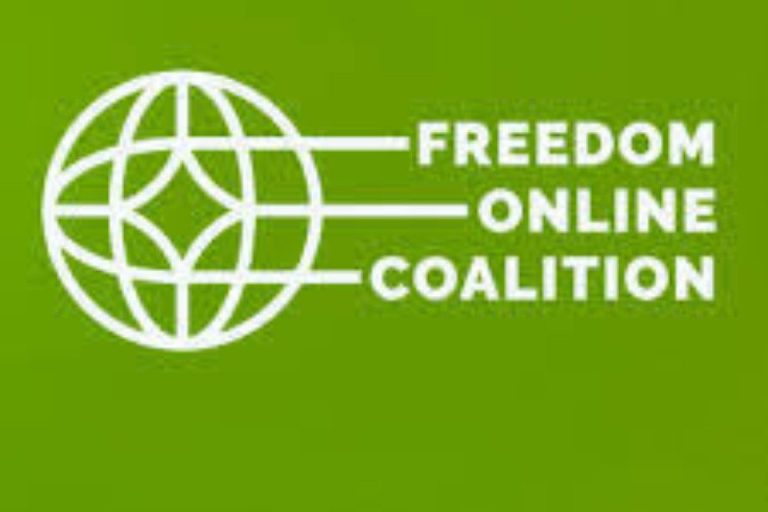
The New York-based Committee to Protect Journalists (CPJ) has ranked Nigeria the 12th worst country in the world where journalists are murdered with impunity and perpetrators go unprosecuted, according to its 2019 Global Impunity Index.
Ranked for seven years now, the CPJ Global impunity Index reports that although the situation is improving in Nigeria, at least five journalists have been killed within the period and the murder were not resolved.
The report assessed the situation for the past 10 years documents at least 324 journalists who were murdered worldwide and finds that in 85 percent of these cases no perpetrators have been convicted. It says war and political instability have fostered a deadly cycle of violence and impunity, along with inaction by states worldwide.
For the fifth consecutive time, Somalia emerged the world’s worst country where journalists are murdered with impunity according to the CPJ 2019 Global Impunity Index.
Titled “Getting Away with Murder”, the Index lists 13 countries making up the world’s worst impunity offenders and representing a mix of conflict-ridden regions and more stable countries where criminal groups, politicians, government officials, and other powerful actors resort to violence to silence critical and investigative reporting. These 13 countries account for more than three quarters of all unsolved murders of journalists globally.
Other countries that make up the lists include Syria, ranked second with 22 unresolved killings and where the situation has deteriorated even though it has been on the index for six years now.
Iraq was ranked in the third place also with 22 unsolved killings in the last 12 years. Ranked fourth is South Sudan where five incidents of unsolved killings were recorded in its five years on the index and whose situation is worsening.
The Philippines which has been on the Index for 12 years and with 41 recorded incidents of unsolved killings was ranked fifth. Afghanistan with 11 recorded unsolved killings and 11 times on the Index was ranked sixth.
The rest countries ranked and their positions are as follows: Mexico with 30 unsolved killings and 12 years on the Index was ranked seventh; Pakistan with 16 unsolved killings and 12 years on the Index was ranked eighth; Brazil which recorded 15 unsolved killings and 10 years on the Index was ranked ninth; Bangladesh with 7 incidents of unsolved killings and nine years on the Index was ranked 10th.
Russia, where 6 incidents of unsolved killings were recorded in its seven years on the Index was ranked 11th while India, where 17 cases of unsolved killings were recorded in its 12 years on the Index was ranked the 13th.
“Getting Away with Murder” was released to mark the 2019 International Day to End Impunity for Crimes against Journalists celebrated on November 2 every year.
The CPJ in its Impunity Index calculates the number of unsolved journalist murders as a percentage of each country’s population. For this edition, CPJ analysed the number of journalist murders that occurred between September 1, 2008, and August 31, 2018, and which have not been solved. It includes only countries with five or more unsolved cases on the index.
CPJ defines murder as a deliberate attack against a specific journalist in relation to his/her work. The index does not include cases of journalists killed in combat or while on dangerous assignments, such as coverage of protests. Cases are considered unsolved when no convictions have been obtained, even if suspects have been identified and are in custody. Cases in which some but not all suspects have been convicted are classified as partial impunity. Cases in which the suspected perpetrators were killed during apprehension are also categorized as partial impunity.
The index only tallies murders that have been carried out with complete impunity. It does not include those where partial justice has been achieved. It used population data from the World Bank’s 2017 World Development Indicators in calculating each country’s rating.





